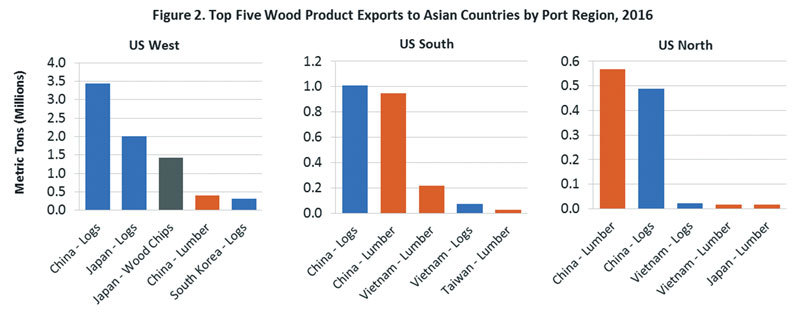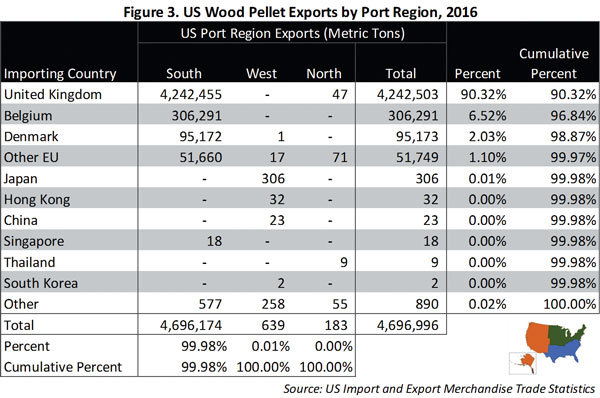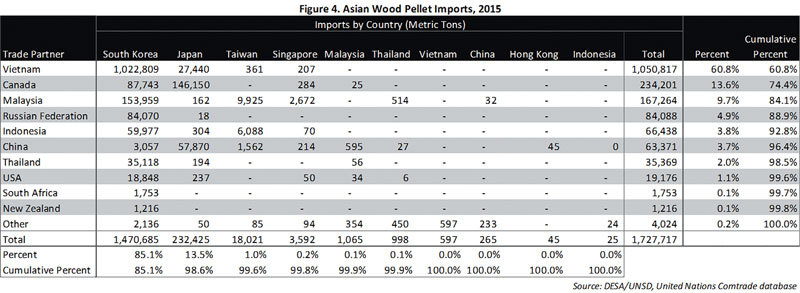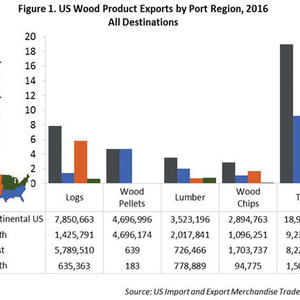US Forest Product Exports to Asia













March 22, 2017
BY Stan Parton
Advertisement
Advertisement
Related Stories
USTC on Oct. 9 announced it has completed the acquisition of all remaining shares in CM Biomass, becoming the sole owner of the biomass company. CM Biomass trades approximately 3.7 million tons of woo pellets and ag residues annually.
Editor's note from Biomass Magazine, Issue 4.
Drax and NGIS launch new partnership to map carbon stocks of Drax’s North American biomass sourcing areas
Drax, the renewable energy business, is partnering with NGIS, a global leader in geospatial technology, to model and monitor the carbon stocks of the U.S. and Canadian forests that Drax sources its sustainable biomass from.
Global agribusiness company Bunge on Sept. 23 announced it has launched a $50 million initiative to install a modern, biomass-based steam boiler system at its oilseed processing facility in Martfűi, Hungary.
Japan-based Renova Inc. on Sept. 30 announced its 49.9 megawatt (MW) Karatsu Biomass Power Plant commenced operations on Sept. 27. The facility is fueled with wood pellets and palm kernel shells (PKS).





